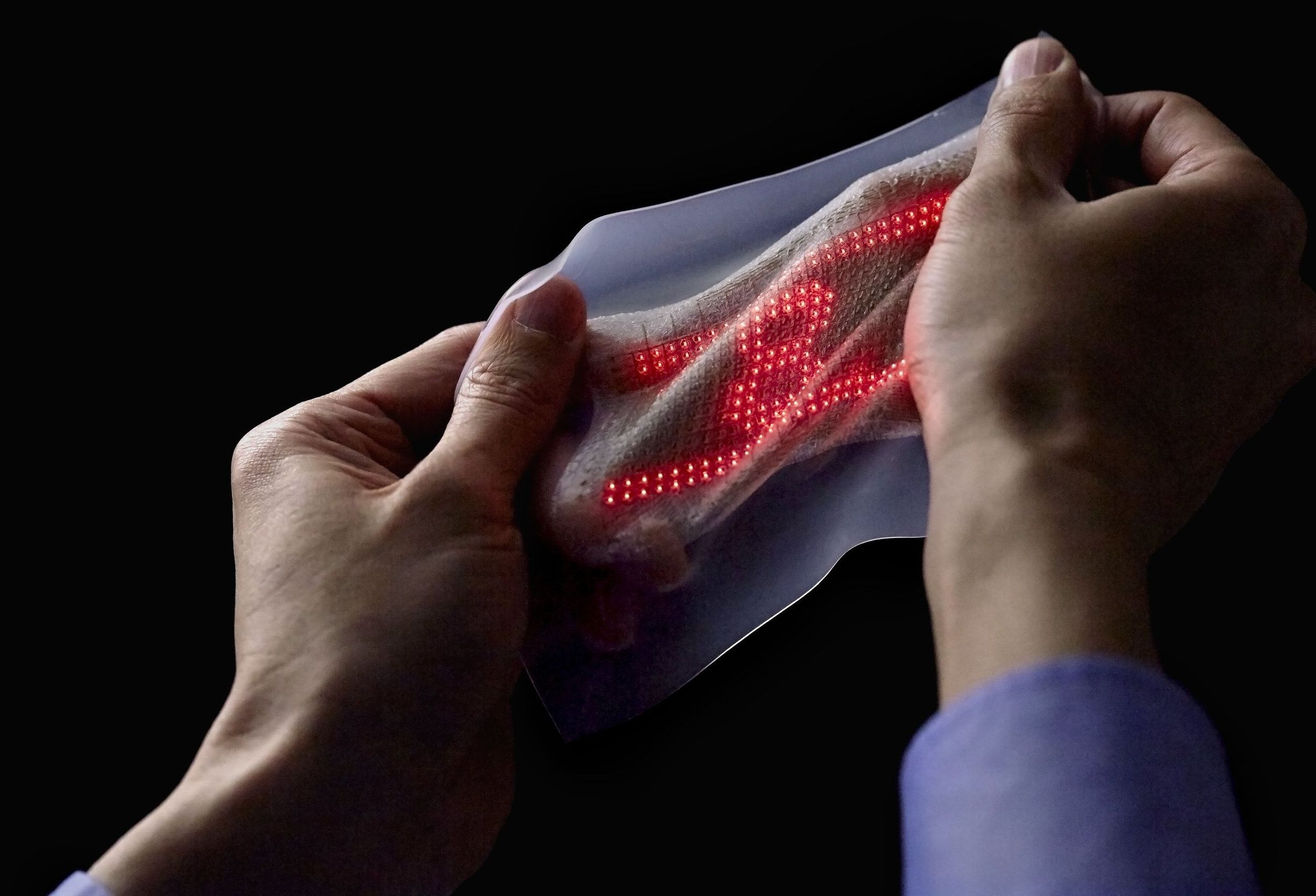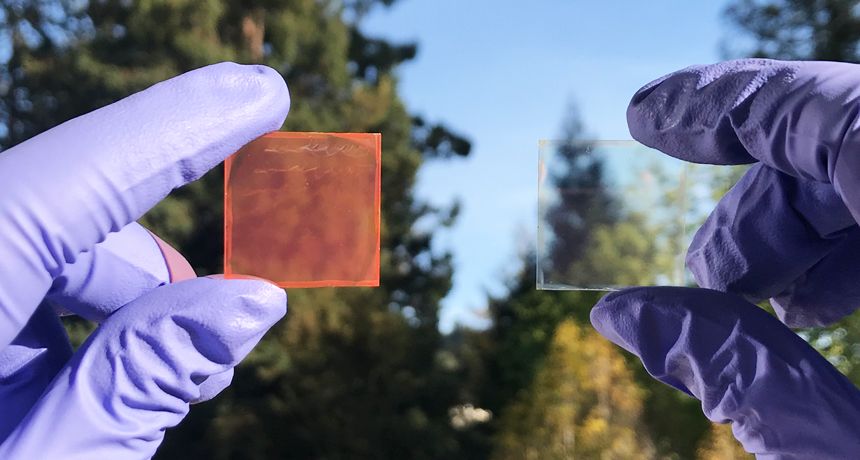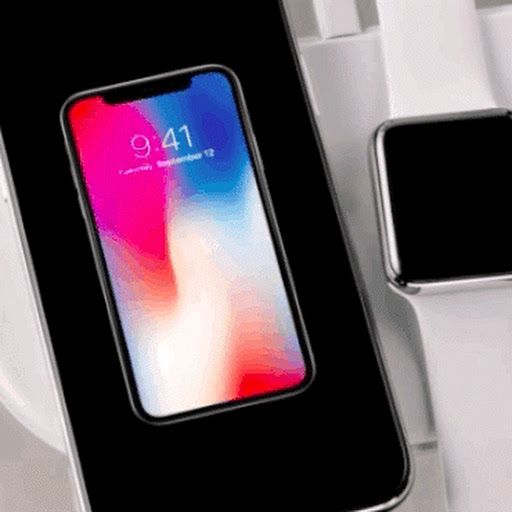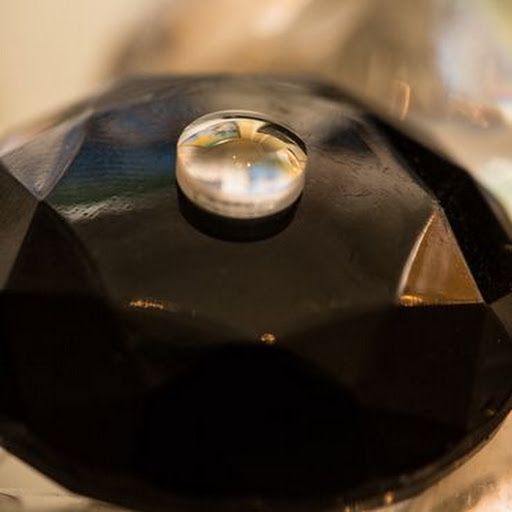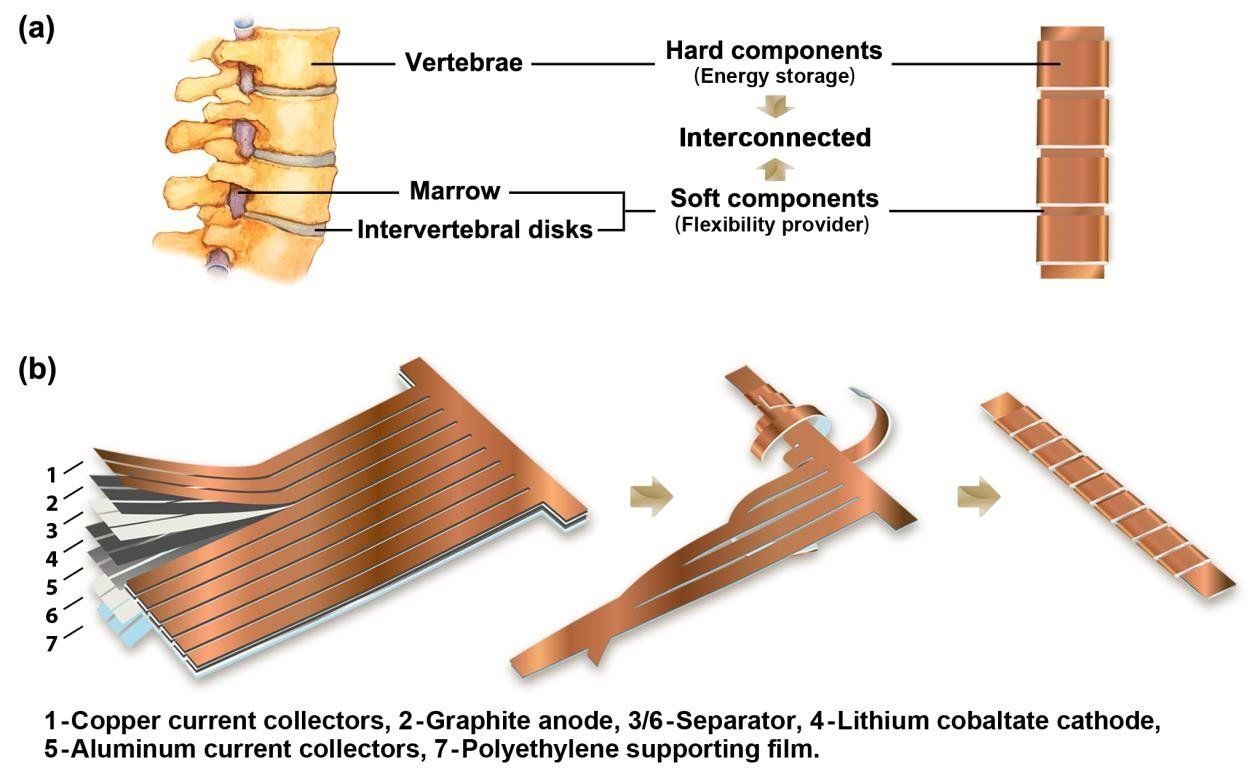Archive for the ‘mobile phones’ category: Page 182
Feb 17, 2018
Japanese researchers develop ultrathin, highly elastic skin display
Posted by Shane Hinshaw in categories: biotech/medical, health, mobile phones, privacy, wearables
A new ultrathin elastic display that fits snugly on the skin can show the moving waveform of an electrocardiogram recorded by a breathable, on-skin electrode sensor. Combined with a wireless communication module, this integrated biomedical sensor system, called “skin electronics,” can transmit biometric data to the cloud.
This latest research by a Japanese academic-industrial collaboration, led by Professor Takao Someya at the University of Tokyo’s Graduate School of Engineering, is slated for a news briefing and talk at the AAAS Annual Meeting in Austin, Texas on February 17th.
Thanks to advances in semiconductor technology, wearable devices can now monitor health by measuring vital signs or taking an electrocardiogram, and then transmitting the data wirelessly to a smartphone. The readings or electrocardiogram waveforms can be displayed on the screen in real time, or sent to the cloud or a memory device where the information is stored.
Continue reading “Japanese researchers develop ultrathin, highly elastic skin display” »
Feb 13, 2018
Developed Its Own Mobile Chip to Help Smartphones Take Better Photos
Posted by Genevieve Klien in categories: computing, mobile phones
There’s a lot going on under the hood of your smartphone camera every time you push the button.
Feb 12, 2018
Edible QR Codes Could Deliver Exactly What Your Body Needs to Heal
Posted by Shailesh Prasad in categories: biotech/medical, food, mobile phones

A new study suggests that printing drugs on a QR code that patients can scan with their phones could pave the way for personalized medicine.
Feb 11, 2018
Charge your phone using ambient light and printed solar cells
Posted by Genevieve Klien in categories: mobile phones, solar power, sustainability
Printed plastic solar cells should be able to harvest enough energy from indoor light to power your phone within the next few months.
Feb 8, 2018
Forget curtains. One day, you could block out glare with smart windows that also charge your phone
Posted by Shailesh Prasad in categories: mobile phones, solar power, sustainability
New material pulls double-duty as shade and perovskite solar cell
By
Feb 7, 2018
Wireless charging is meh, but it’s going to get way better
Posted by Genevieve Klien in category: mobile phones
Feb 5, 2018
The first phone with a diamond screen will come in 2019
Posted by Genevieve Klien in category: mobile phones
Feb 2, 2018
A revolution in health care is coming
Posted by Derick Lee in categories: biotech/medical, business, health, information science, internet, mobile phones
Will the benefits of making data more widely available outweigh such risks? The signs are that they will. Plenty of countries are now opening up their medical records, but few have gone as far as Sweden. It aims to give all its citizens electronic access to their medical records by 2020; over a third of Swedes have already set up accounts. Studies show that patients with such access have a better understanding of their illnesses, and that their treatment is more successful. Trials in America and Canada have produced not just happier patients but lower costs, as clinicians fielded fewer inquiries. That should be no surprise. No one has a greater interest in your health than you do. Trust in Doctor You.
NO WONDER they are called “patients”. When people enter the health-care systems of rich countries today, they know what they will get: prodding doctors, endless tests, baffling jargon, rising costs and, above all, long waits. Some stoicism will always be needed, because health care is complex and diligence matters. But frustration is boiling over. This week three of the biggest names in American business—Amazon, Berkshire Hathaway and JPMorgan Chase—announced a new venture to provide better, cheaper health care for their employees. A fundamental problem with today’s system is that patients lack knowledge and control. Access to data can bestow both.
The internet already enables patients to seek online consultations when and where it suits them. You can take over-the-counter tests to analyse your blood, sequence your genome and check on the bacteria in your gut. Yet radical change demands a shift in emphasis, from providers to patients and from doctors to data. That shift is happening. Technologies such as the smartphone allow people to monitor their own health. The possibilities multiply when you add the crucial missing ingredients—access to your own medical records and the ability easily to share information with those you trust. That allows you to reduce inefficiencies in your own treatment and also to provide data to help train medical algorithms. You can enhance your own care and everyone else’s, too.
Jan 31, 2018
Engineers develop flexible lithium battery for wearable electronics
Posted by Saúl Morales Rodriguéz in categories: engineering, mobile phones, wearables
The rapid development of flexible and wearable electronics is giving rise to an exciting range of applications, from smart watches and flexible displays—such as smart phones, tablets, and TV—to smart fabrics, smart glass, transdermal patches, sensors, and more. With this rise, demand has increased for high-performance flexible batteries. Up to now, however, researchers have had difficulty obtaining both good flexibility and high energy density concurrently in lithium-ion batteries.
A team led by Yuan Yang, assistant professor of materials science and engineering in the department of applied physics and mathematics at Columbia Engineering, has developed a prototype that addresses this challenge: a Li-on battery shaped like the human spine that allows remarkable flexibility, high energy density, and stable voltage no matter how it is flexed or twisted. The study is published today in Advanced Materials.
“The energy density of our prototype is one of the highest reported so far,” says Yang. “We’ve developed a simple and scalable approach to fabricate a flexible spine-like lithium ion battery that has excellent electrochemical and mechanical properties. Our design is a very promising candidate as the first-generation, flexible, commercial lithium-ion battery. We are now optimizing the design and improving its performance.”
Continue reading “Engineers develop flexible lithium battery for wearable electronics” »

